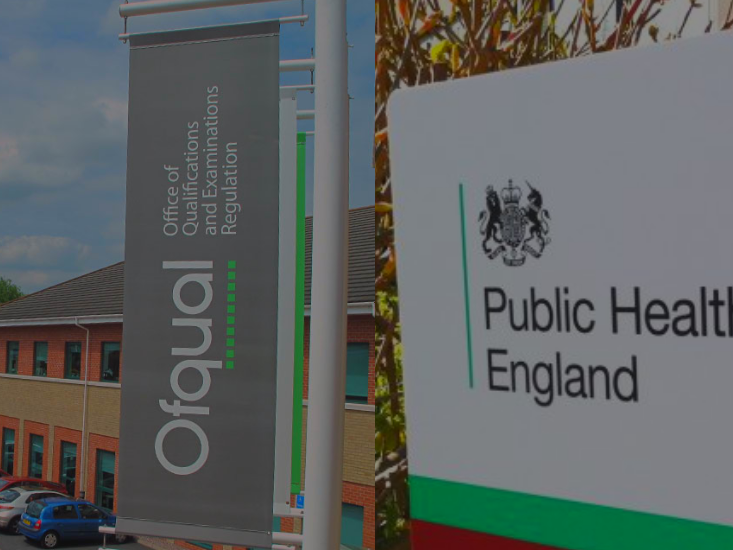Out of Sync
Tim Philpott reflects on how local authority property transformation spending may be missing out on the bigger picture
Property transformation is a huge area of focus for Local Government in the UK, with various projects ongoing across the country. In theory, local authorities and public services are aiming to work collaboratively for more joined up centres providing a variety of services. However, with adjacent sectors such as the NHS, Higher Education and Central Government implementing similar programmes for property transformation, there is little evidence that opportunities for place-based collaboration are truly being embraced.
DragonGate research into Local Government estates strategies has focused on the increasing number of major Property Asset Transformation projects (PATs), sharing characteristics in that they:
- Make use of existing sites in local authority ownership
- Look to bring local authority and other public services together to improve service delivery and efficient use of space
- Involve either new construction work or major refurbishment
An increasingly familiar feature of this strategy is the rise of the public service Hub; a dedicated facility that co-locates, and potentially integrates, public service providers. These often include multiple local authorities and back-office functions from police, fire, and ambulance services.
Local Government Transformation Projects by Completion Date

Whilst different parts of the public sector are looking at “hub” or PAT models, they are all working to separate timetables, with relatively few examples of coordinating strategy between organisations. This indicates that where the potential for working with adjacent sectors has been explored, it has often been perfunctory, with sectors shying away from the difficulty associated with cross-sector integration.
Local Government plans peak too early for new NHS investment, and there is little indication that Local Government recognises the imminent opportunities presented by investment provided by programmes such as the NHS Long Term Plan, nor the potential opportunities from the Department of Health and Social Care. NHS and local Government are being encouraged to collaborate on mental health, housing (Healthy New Towns) and the care crisis, yet in only a few cases are local authorities leveraging their wealth of land and borrowing powers in partnership with the NHS.
Similarly, the pattern of HMRC hub relocations has little correlation with Local Government plans. This pattern is seen again in the data collected from local authority respondents who knew with what organisations they planned to co-locate. Central Government was rarely mentioned as a co-location partner.
Preferred partners for local authority co-locations

*NHS co-locations were almost universally with local CCGs rather than with Trusts or Primary Care providers
Breaking down silo working requires buy-in across the organisations involved, which can be a challenge when strategising across multiple agencies. Continuing as they are, local public sector clusters may end up duplicating work in their attempts to rationalise property assets, with the risk of different sectors ending up in competition against each-other for occupiers, funding and sites. This means failing to produce the long-term solutions towards the increasingly place based model the public sector is looking to develop.
However, when effective communication and collaboration is successful, PATs can help bring together a variety of public services. The London Borough of Croydon reviewed its estates strategy eight years ago. To this end, Bernard Weatherill House was built in 2013, allowing council staff to move into newly built, modern, efficient and low-cost offices, and for the disposal of surplus property elsewhere in the borough. The new offices also provided a great opportunity to co-locate with other local public sector organisations, with the Home Office occupying two floors, the NHS Croydon CCG and a Department of Work and Pensions Job Centre also co-located in the Building.
Across the country, there are increasingly examples emerging of local government and public services becoming more collaborative, evaluating processes and working together, fostering services that are more integrated, efficient and user-centric.
Under the conditions of constrained funding, it is natural for local government (and other public sector organisations) to turn inwards – coping with imminent funding shortfalls and prioritising immediate reductions to their footprint.
Strategically however, sustainability will only be achieved if all parts of the public sector work collaboratively to pool resources and align their asset plans in innovative ways. As partners, they can leverage investment across all sectors, including the NHS and central government relocation projects to reduce running costs and achieve long-term sustainability.

Tim Philpott is a Programme Manager at DragonGate. He has previous experience working in Parliament with numerous MPs and at the Cabinet Office

























